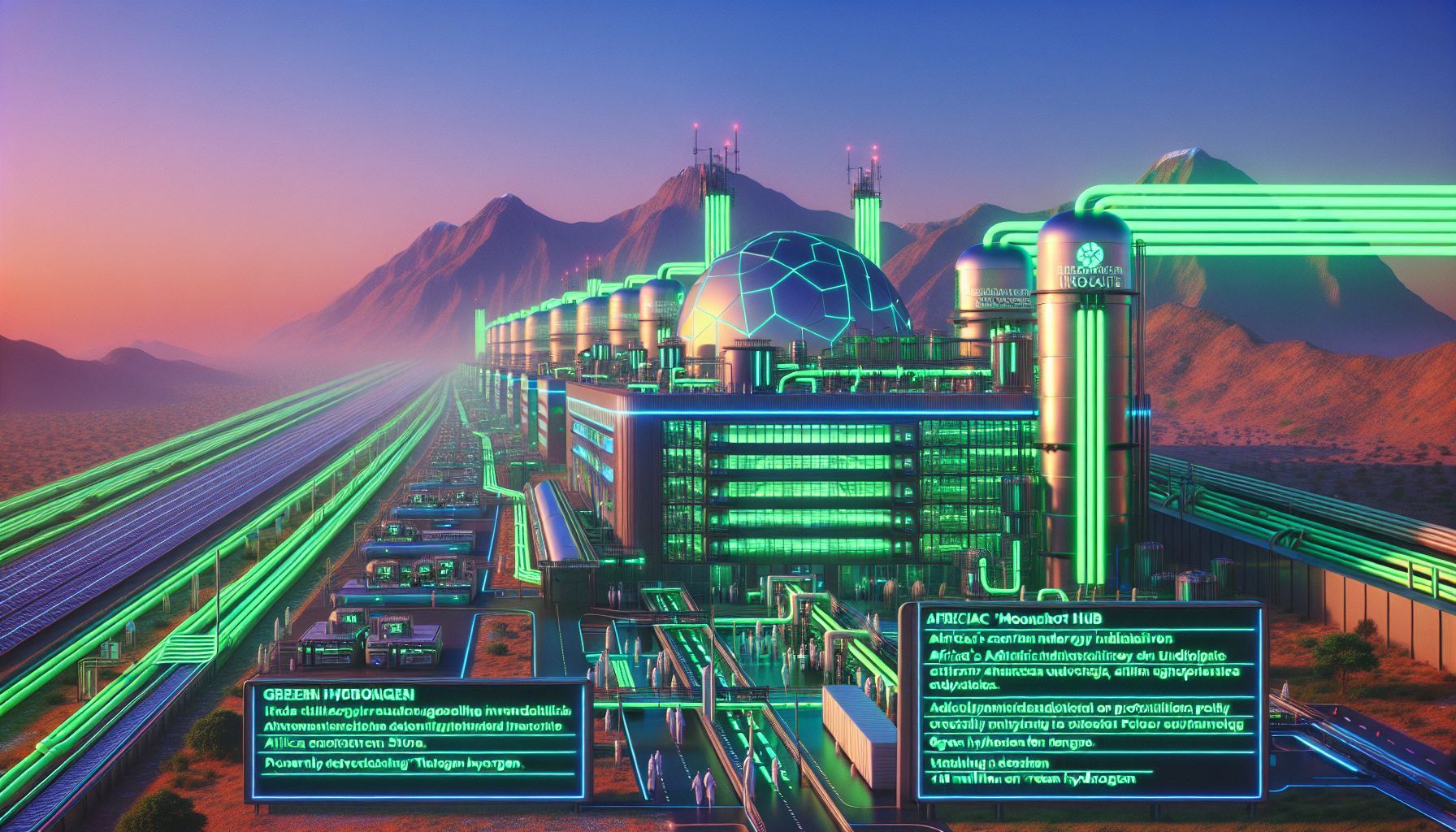Africa's Academic 'Moonshot': Universities Launch €300M Green Hydrogen Hub

Johannesburg, Friday, 22 November 2024.
In a groundbreaking initiative announced this November, African and European universities are transforming Southern Africa into a global green hydrogen powerhouse. The €300 million FUTURA HyCASA project, including a 1,000km pipeline, aims to train 2,000 professionals annually, focusing on female empowerment and sustainable energy innovation. This academic-industrial partnership could revolutionise Africa’s energy landscape while meeting Europe’s urgent need for 20 million tonnes of green hydrogen by 2030.
The Birth of HyCASA
Imagine a bustling campus nestled in Stellenbosch, where the air is filled with the excitement of discovery and the hum of innovation. That’s the vision for the FUTURA Hydrogen Campus Southern Africa (HyCASA), a project that blends academic excellence with industrial ambition. Born out of a collaboration between Stellenbosch University in South Africa and the University of Groningen in the Netherlands, HyCASA is more than just a campus—it’s a leap towards a greener future[1].
Building Bridges with Pipelines
HyCASA isn’t stopping at the classroom. Picture a 1,000 km pipeline stretching from Saldanha Bay to Lüderitz, a lifeline carrying green hydrogen and ammonia to Europe. This pipeline symbolizes the tangible connections being built—literally and figuratively—between continents. It’s about shipping energy solutions to Europe, a continent hungry for renewable resources, aiming to import 20 million tonnes of green hydrogen by 2030[1].
Empowering Through Education
Education is at the heart of HyCASA. The goal? To train 2,000 professionals every year, with a strong emphasis on female empowerment. ‘FUTURA,’ as Professor Cristina Trois explains, is not just a name but a promise—a future where women lead in energy innovation. This initiative targets Africa’s brain drain, aiming to retain and nurture talent within the continent[2].
International Collaborations and Commitments
Diplomatic representatives from Europe and Japan were present at the SASEC conference, marking international interest in green hydrogen. With Japan poised as a major importer, and European countries keen on diversifying their energy mix, the global stakes are high. This project is supported by €32 million in EU grants, reinforcing the partnership between South Africa and the Netherlands that was formalised in 2023[1][2].
The Green Hydrogen Advantage
Why green hydrogen? It’s cleaner, produced using renewable energy unlike its fossil-fuel-derived counterparts. This makes it a key player in reducing carbon footprints and pushing towards a sustainable future. HyCASA is leveraging Southern Africa’s abundant solar resources to produce this green energy, positioning the region as a leader in the global energy transition[3].
Challenges and Risks
Of course, such ambitious projects come with their own set of challenges. From the sheer scale and cost to uncertainties in demand, the path isn’t without its obstacles. Yet, these universities are undeterred, driven by the vision of a sustainable future and the potential economic growth that such an initiative promises[1].
A Future Fuelled by Innovation
As I wrap my thoughts around this initiative, I find myself hopeful. The HyCASA project is like a moonshot—a bold, daring leap into the future. It’s a testament to what we can achieve when academia and industry come together, united by a common goal to transform not just Southern Africa, but the world[2].